Petitioners seeking immediate judicial scrutiny of an alleged custodial killing told to follow standard listing procedure; court cites need for full records before intervention.
The Telangana High Court on Thursday declined an urgent listing plea for a writ petition demanding a judicial probe into an alleged police “encounter” that killed a 24-year-old suspect inside Nizamabad Government General Hospital earlier this week. The bench said it would not bypass standard procedures and would hear the case in due course.
Court Proceedings: Due Process Over Speed
Hyderabad, October 24 – The debate over custodial killings and police accountability resurfaced in Telangana when the state’s highest court refused to grant an out-of-turn hearing for a petition challenging what activists call a “staged encounter” in Nizamabad. The petition — filed jointly by civil-rights group Human Liberty Forum (HLF) and the family of deceased Shaik Riyaz, 24 — sought the court’s immediate direction for an independent investigation under the supervision of a retired High Court judge.
Riyaz, arrested in connection with a series of vehicle-theft cases, was shot dead on hospital premises late Monday night while reportedly “attempting to flee” police custody. According to police, Riyaz snatched a service weapon from a constable during treatment and fired, prompting officers to retaliate. Activists reject that version, calling it “an implausible narrative in a high-security ward.”
A division bench comprising Justice K. Lakshman and Justice A. Anand Kumar heard the preliminary motion. Senior Advocate P. Satyanarayana, appearing for the petitioners, urged the court to list the matter on priority, citing the gravity of a possible human-rights violation and the risk of evidence tampering.
“Urgency must be justified by record, not by rhetoric.” — Justice K. Lakshman
The bench observed that the writ had been filed without annexing complete post-mortem and ballistic reports. Directing the registry to process the petition through ordinary listing, the judges noted that an autopsy conducted under videography and a Magistrate inquiry were already underway, making parallel judicial intervention premature. While denying urgent listing, the court permitted the petitioners to renew the plea once certified copies of the autopsy and forensic reports become available.
Family’s Allegations and Demand for Transparency
Outside the courtroom, Riyaz’s elder brother, Shaik Javed, alleged that police fabricated the escape story and that the injuries contradict the official version. He emphasized that the family was denied timely access to the body and key documentation.
“My brother was handcuffed to the bed and had bullet wounds in his back, not front. How can he be fleeing if he was shot from behind?” — Shaik Javed, Brother of the deceased
HLF representatives claim CCTV footage from the hospital’s trauma ward has not been released. They plan to approach the National Human Rights Commission (NHRC) and the State Minorities Commission, seeking protection of evidence and an independent probe.
Police Version: Self-Defence Cited
Nizamabad Superintendent of Police Ch. Praveen Kumar maintained that officers acted in self-defence when the accused allegedly attacked a constable with a seized pistol. Police registered a case under Section 307 (Attempt to Murder) against the deceased to justify retaliatory firing, a practice critics say enables impunity by reversing the legal posture even after death.
“The accused was a habitual offender involved in over a dozen two-wheeler thefts. Our personnel fired two rounds in response, one of which proved fatal. All protocol was followed.” — Ch. Praveen Kumar, SP, Nizamabad
Legal Framework on “Encounters”: Guidelines vs Ground Reality
India’s jurisprudence on encounter killings has been shaped by Supreme Court precedents. The 2014 PUCL v. State of Maharashtra judgment prescribed 16 mandatory steps: immediate FIR registration, an independent investigation by a different police unit or the CID, a time-bound magisterial inquiry, securing and preserving the scene, ballistic examination, and prompt reporting to the NHRC within 48 hours. The protocol also mandates informing the family, providing legal aid where needed, and compensatory mechanisms where wrongdoing is established.
Human-rights lawyers argue that compliance is frequently superficial, with inquiries delayed and evidence chains contested. They point to a low conviction rate in custodial-violence cases and public tolerance for “instant justice” as structural barriers to accountability.
Public Reaction and Political Undertones
The latest incident triggered polarized reactions across Telangana. On social media, hashtags such as #JusticeForRiyaz and #HeroPolice trended simultaneously. Opposition parties demanded transparency and accused the state of condoning vigilantism, while ruling-party spokespersons defended the police, insisting that “swift justice for habitual offenders” resonates with citizen anxieties about safety.
“Rule of law cannot bend to public mood. If the police shoot suspects inside hospitals, tomorrow no one is safe.” — K. Mahesh Reddy, Congress MLA
The simmering divide echoes the fallout from the 2019 Disha case encounter, which drew both public praise and judicial scrutiny, and continues to shape the state’s discourse on policing and due process.
Voices from Civil Society and Medicine
Legal-aid NGO Jeevansha announced support for the family, framing the issue as systemic rather than episodic. Doctors’ associations, meanwhile, highlighted safety concerns within hospitals treating detainees. They argue for segregated secure wards, panic protocols, and liaison officers to prevent escalation in clinical settings.
“Every custodial death must be treated as a homicide until proven otherwise. That is the spirit of Supreme Court guidelines.” — Anita Natarajan, Executive Director, Jeevansha
“Treating detainees in open civilian wards without secure enclosures puts staff and patients at risk. Protocols must evolve.” — Dr Ramesh Konda, President, Telangana Medical Officers’ Forum
Expert Analysis: Patterns and Proof
Criminologists note a recurring pattern in post-encounter narratives — an attempted escape, a snatched weapon, a retaliatory shot, and subsequent registration of cases against the deceased. The absence of independent, verifiable forensics often leaves the truth contested. Experts advocate body-worn cameras for escorting officers, compulsory ballistic audits by accredited labs, and encrypted, tamper-proof storage of hospital CCTV data linked to district command centers.
“Once the accused is dead, the story often dies with him. Only independent forensics and video trails can speak for the silenced.” — Dr Vinay Patil, Criminologist, Osmania University
Accountability Mechanisms and Practical Challenges
Although Telangana’s Special Investigation Team (SIT) framework exists for sensitive cases, resource constraints and overlaps with local police can blur lines of independence. NHRC advisory norms require autopsies by forensic experts from outside the district and time-bound ballistic tests, but implementation frequently lags, eroding public confidence.
The petitioners allege that in Riyaz’s case, access to the mortuary was delayed and the trauma-ward CCTV footage has not been made public. Authorities counter that the release of evidence must follow chain-of-custody rules and cannot be rushed without risking admissibility.
Hospitals as Humanitarian Zones
Human-rights observers underscore that hospitals should be treated as neutral humanitarian spaces. Use of lethal force within medical facilities raises concerns under international standards, including the UN Basic Principles on the Use of Force and Firearms (1990), which stress necessity, proportionality, and precaution, especially in populated civilian spaces.
“When law enforcement discharges weapons inside a hospital, it breaches the sanctity of healthcare space and traumatizes patients.” — Dr Farzana Ali, Human-rights Physician
Comparative Context: National and International Scrutiny
Other states, including Uttar Pradesh, Assam, and Manipur, have seen similar controversies, prompting interventions from UN Special Rapporteurs and debate at the UN Human Rights Council’s Universal Periodic Review. While India rejects claims of systemic abuse, it reiterates “zero tolerance” for custodial violence. The Nizamabad episode will test how these commitments translate into procedural rigor on the ground.
Voices from Law Enforcement: The Morale Question
Serving officers, often speaking off record, argue that combatting violent offenders entails split-second judgments that can save lives. They warn that blanket suspicion and online vilification can demoralize personnel and deter decisive action when genuinely required.
“Transparency protects good cops too. Body cams and independent audits build credibility rather than undermine it.” — Dr Kamal Saxena, Retired IPS Officer
Legal Community Reaction: Caution and Compliance
Bar Council members urged restraint in public commentary until forensic evidence emerges. However, they acknowledged a trend of increased judicial intolerance toward shortcuts that compromise due process. Lawyers cited recent Supreme Court observations emphasizing that the right to life remains paramount regardless of accusation.
Government Response and the Road Ahead
Telangana Home Minister Mohammed Mahmood Ali has ordered an internal departmental inquiry with preliminary findings expected within ten days. Depending on the outcome, the government may defend the action as lawful self-defence or recommend disciplinary measures. Activists remain skeptical, favoring a retired-judge-led commission over departmental probes, citing past precedents where internal inquiries stalled.
The High Court is expected to re-examine the plea once certified autopsy and ballistic documents arrive — likely within two weeks. Legal observers believe the case could set a precedent on balancing rapid law enforcement with rigorous procedural safeguards.
Key Facts at a Glance
| Aspect | Detail |
|---|---|
| Incident | Shooting of 24-year-old detainee Shaik Riyaz inside Nizamabad Government General Hospital |
| Police Claim | Accused snatched a service pistol and attempted escape; officers fired in self-defence |
| Petitioners’ Demand | Independent probe under retired HC judge; preservation and disclosure of CCTV and forensic records |
| Court’s Action | Declined urgent listing; directed ordinary procedure; allowed renewal upon filing certified autopsy and ballistic reports |
| Ongoing Inquiries | Videographed autopsy, Magistrate inquiry, departmental probe ordered by State |
Timeline: From Incident to Courtroom
| Phase | Date/Year | Milestone |
|---|---|---|
| I | Oct 20–21, 2025 | Shooting inside Nizamabad Government General Hospital; FIRs registered; body sent for videographed autopsy |
| II | Oct 23–24, 2025 | Petition filed by HLF and family seeking urgent listing; High Court declines out-of-turn hearing, advises ordinary listing |
| III | Next 2 weeks | Autopsy and ballistic reports expected; petitioners to renew plea with certified records; potential NHRC intervention |
What to Watch Next
- Whether certified autopsy and ballistic reports corroborate or contradict the police account.
- High Court stance on constituting a court-monitored independent investigation.
- Release and integrity of hospital CCTV footage and chain-of-custody documentation.
- Adoption of hospital security protocols for detainee treatment, including segregated secure wards.
- Progress on body-worn camera mandates and independent forensic audits statewide.
Conclusion: Between Justice and Impunity
The Nizamabad “encounter” controversy lays bare an enduring tension in India’s public life: the desire for instant retribution versus the constitutional demand for due process. Whether the death of Shaik Riyaz was a split-second reaction in self-defence or a preventable execution will hinge on evidence that must withstand scrutiny — medical, ballistic, and visual. By refusing to rush judgment, the High Court reasserted a basic premise: justice, to be just, must be deliberate, documented, and reviewable. In the haze of conflicting narratives, transparency remains the only path to clarity.


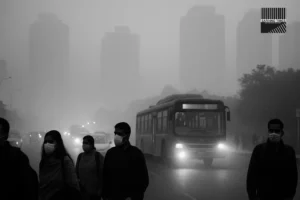
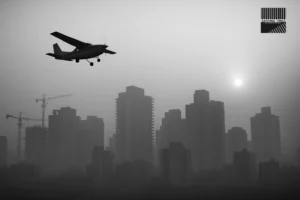
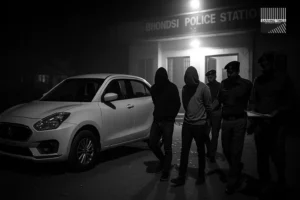
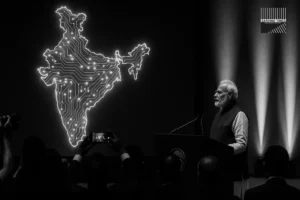
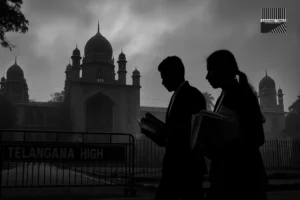




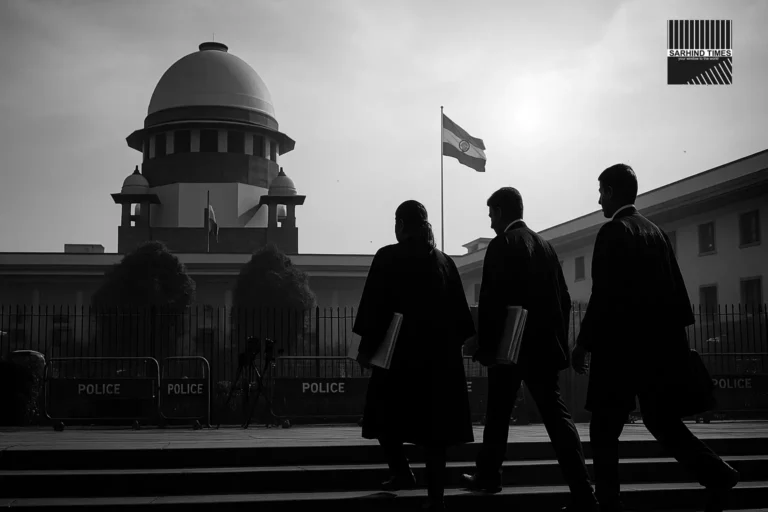

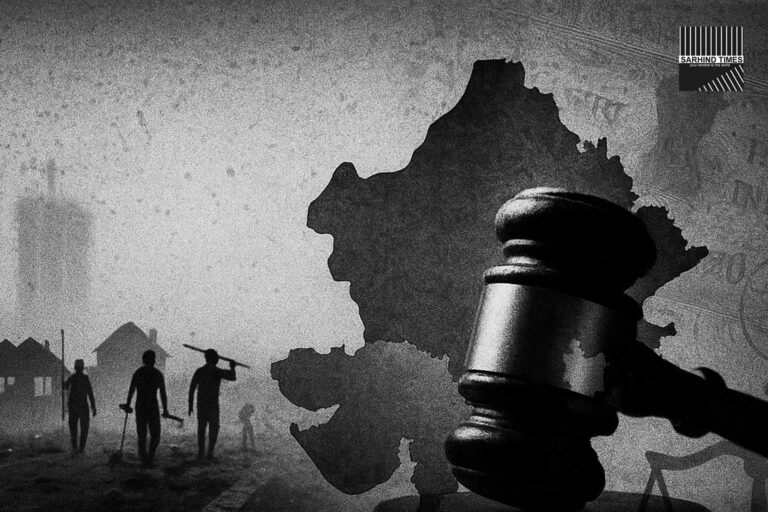
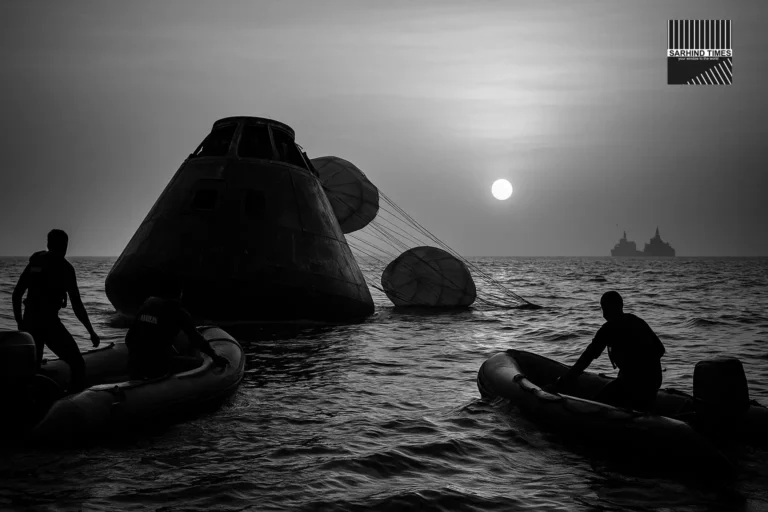

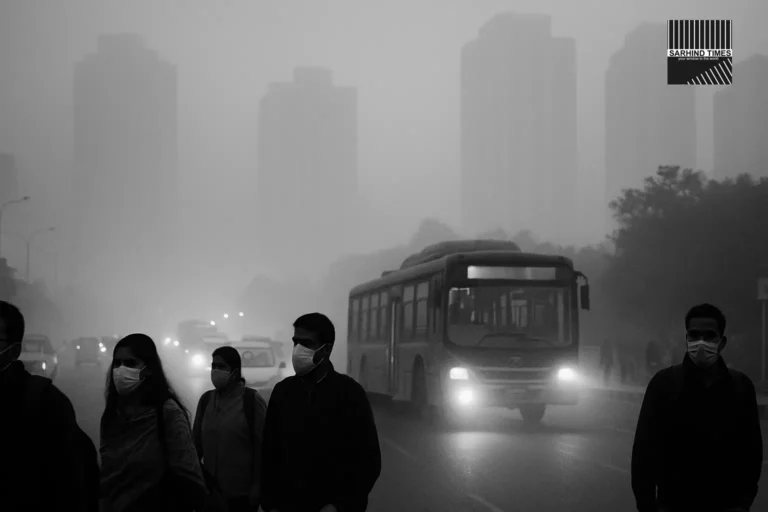
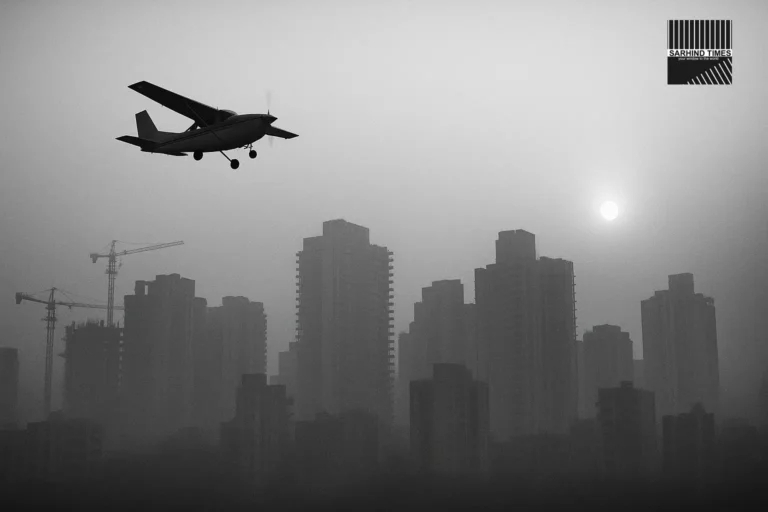
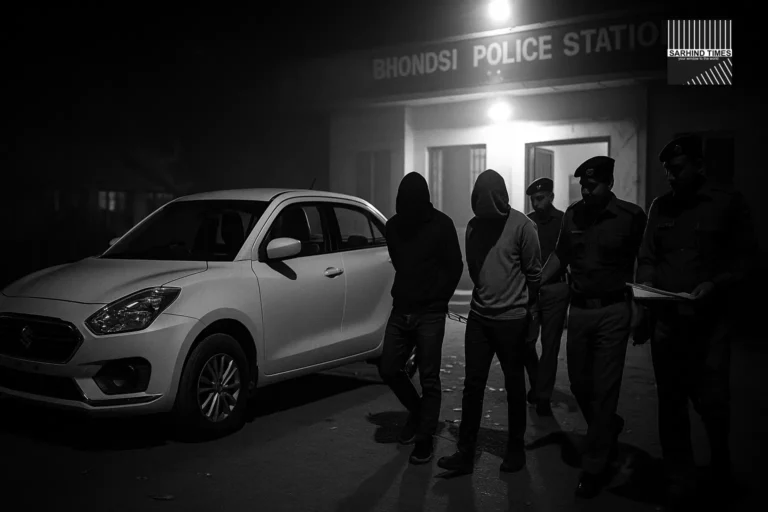
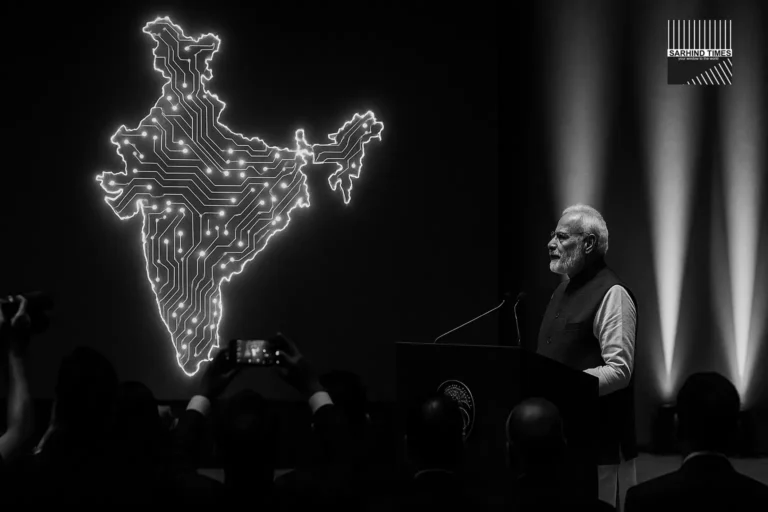
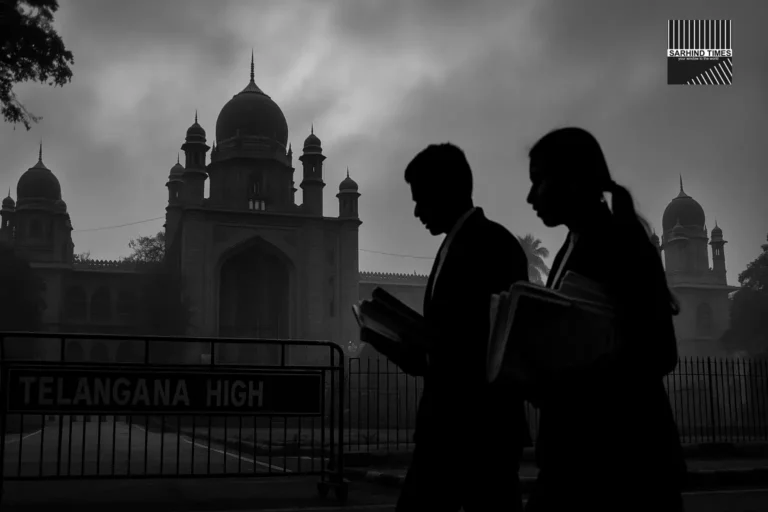
+ There are no comments
Add yours